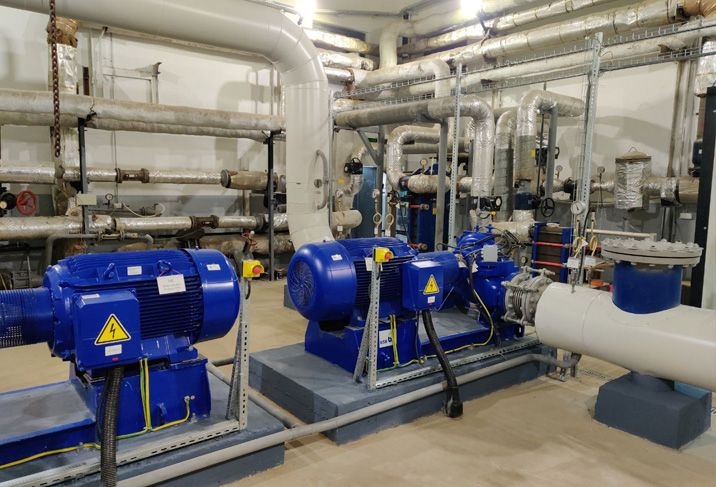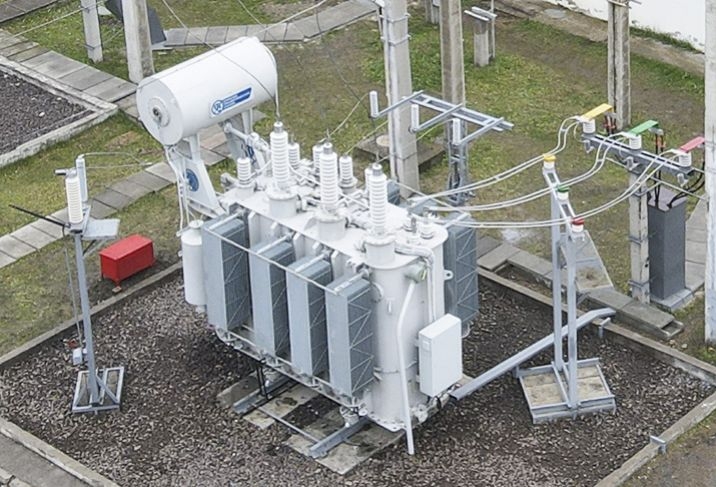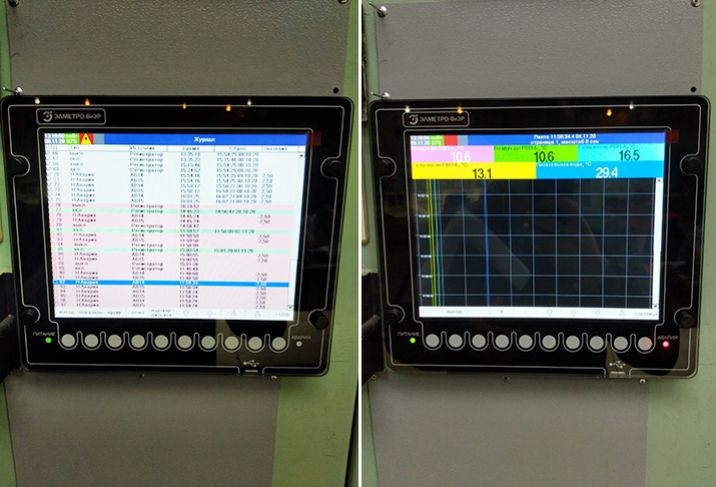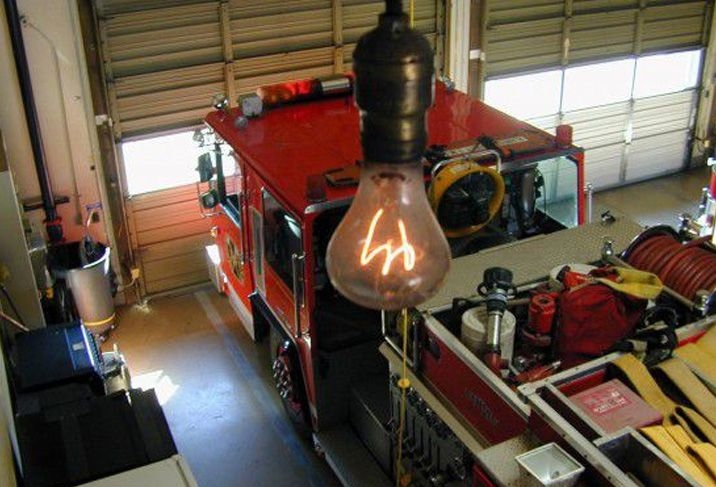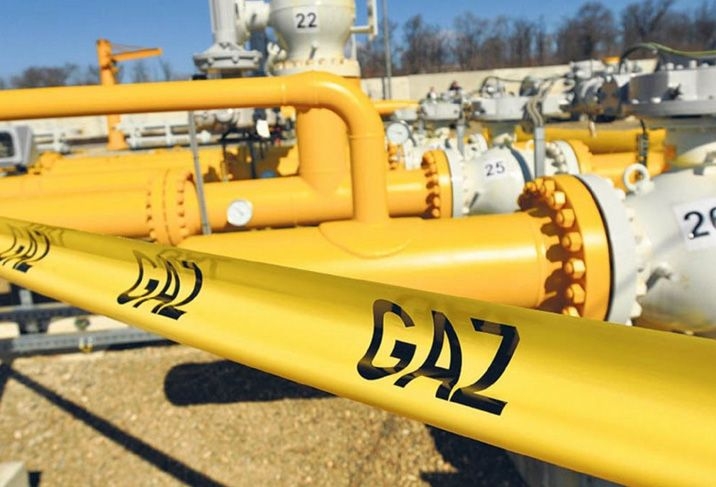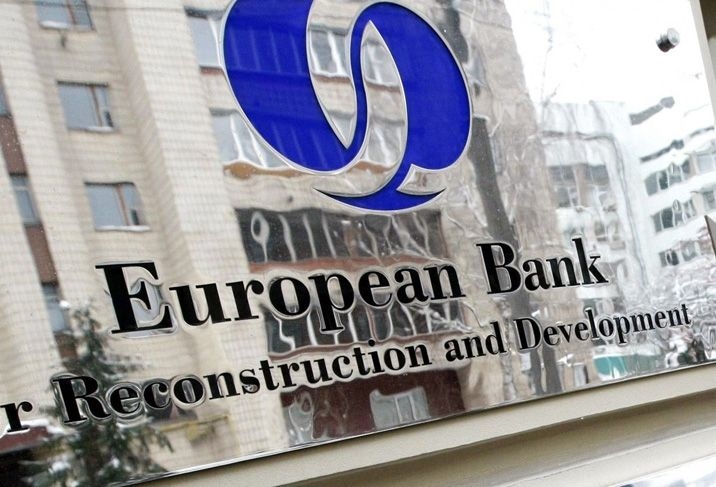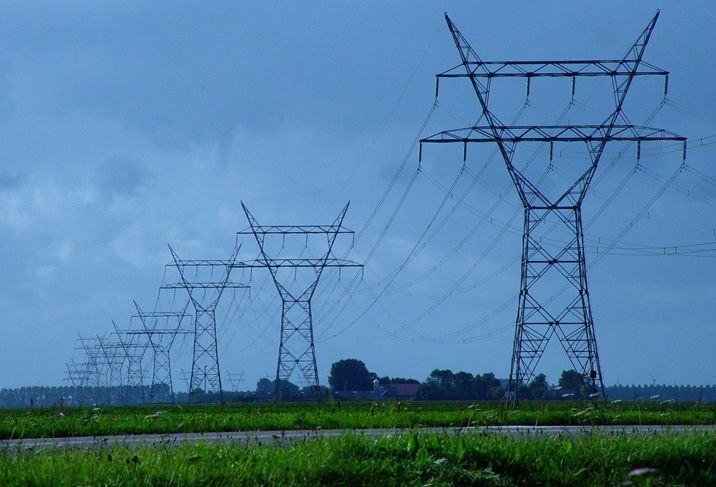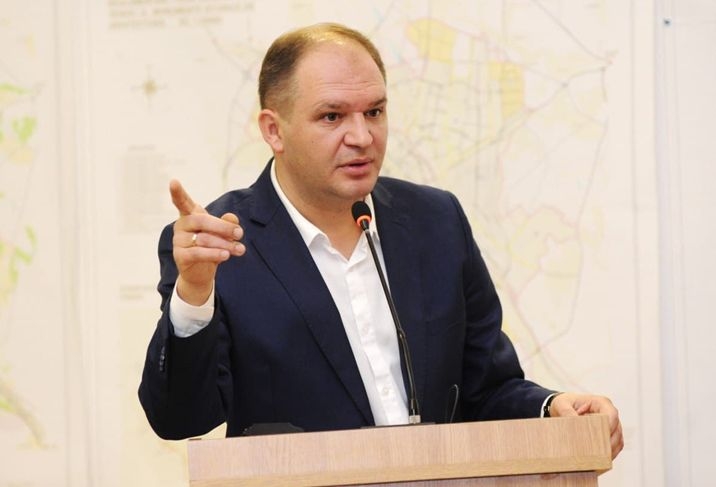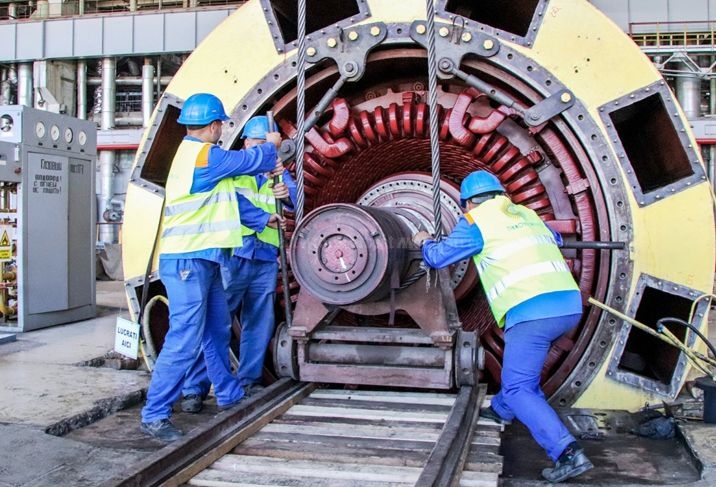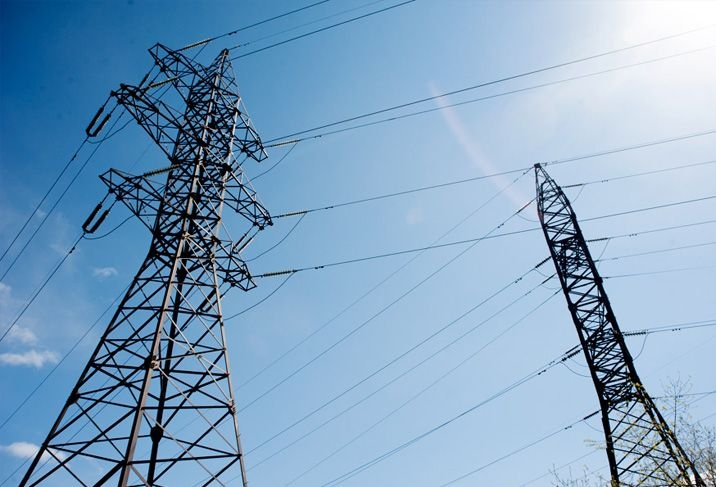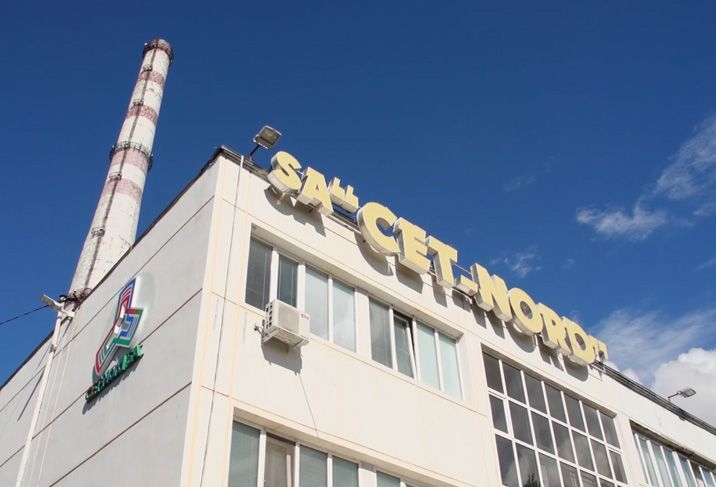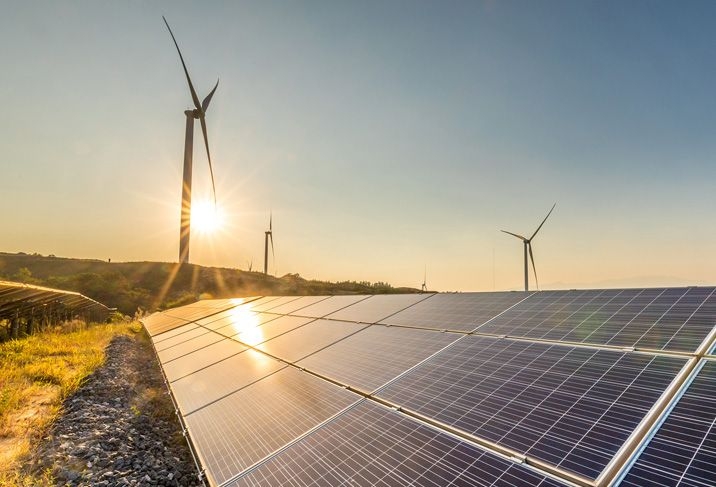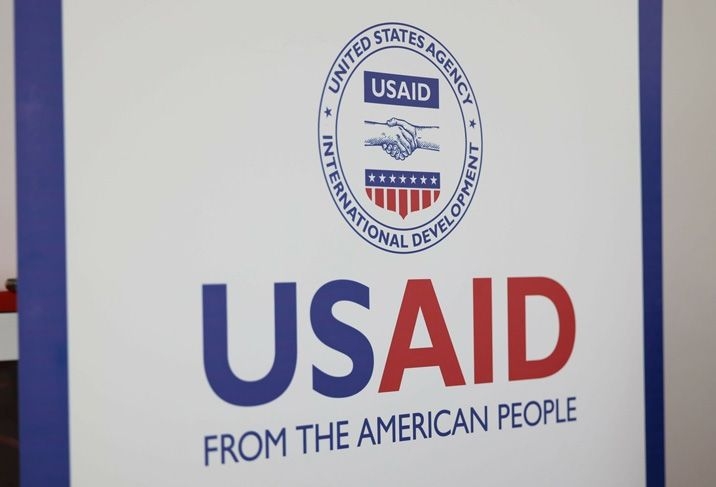
This year's first Inflation Review was presented at a press conference on Tuesday by the President of the National Bank, Octavian Armasu. According to him, inflation is expected to grow at high rates in the next three quarters and exceed 20% in the II and III quarters, but from the IV quarter the inflation rate will decrease. Inflation may return within the corridor set by the National Bank only by the end of 2023. At the same time, the President of the National Bank emphasized that deviations from the baseline scenario are possible in 2022, and inflation may be higher (up to 27%). He explained that this is due to many unknowns: when, how and how many times electricity tariffs will increase, how gas tariffs will change, what will be the government's response to the new economic situation, how the budget will be replenished, what tax policies will be applied, etc. According to the NBM, core inflation indicators depend largely on imports, so it is expected to increase in the near future. The growth rate of food prices has almost reached its peak, and food prices are expected to rise at a more moderate pace over the next 2-3 months. Tariff growth will continue for at least the next two quarters, and the rate of growth in energy prices will soon begin to decline. The inflation forecast of the NBM is based on the hypothesis of more moderate economic growth in the euro area than previously forecasted, which suggests that inflationary processes will affect economic growth. A similar situation is expected in Moldova: high inflation and moderate GDP growth. According to the National Bank, economic growth in the Eurozone in 2022 will be 4% (-0.4 percentage points compared to the October forecast), and in 2023 growth will be even lower - 2.5%. Russia's GDP will grow by 2.6% this year (-0.2 percentage points), and next year - by 2.3%. Inflation in the eurozone countries in 2022 and 2023 will be 3.1% (1.1 p.p. more than forecasted in October last year) and, respectively, 1.6%, and in Russia - 6.7 % (2.2 percentage points more) and 4.6%. The euro/dollar ratio will be 1.13 this year and 1.19 in 2023. The forecast for the ratio of the Russian ruble to the US dollar for 2022 has been adjusted downward to 72.4 (the previous forecast was 73.4), and the forecast for 2023 is 72.5. In 2022, oil prices are expected to be around $77 per barrel (approximately as previously predicted), and in 2023 the cost of a barrel of oil will slightly decrease - $71.3. World prices for natural gas, according to forecasts, in 2022 will amount to $640.3 per 1 thousand cubic meters (in October, the average price was predicted to be $710.9/1 thousand cubic meters), and in 2023 prices will drop to $444.5 per 1 thousand cubic meters. In 2022, food prices are expected to rise by an average of 5.2% (against 28.1% last year), and in 2023 they are expected to decline by 1.9%. Recall that in its latest Inflation Review for the previous year, the National Bank raised the forecast for the average annual inflation rate for 2021 from 3.1% to 4.5%, and for 2022 from 7% to 14%. According to the National Bureau of Statistics, average consumer prices in January 2022 compared to January 2021 (over the past 12 months) increased by 16.56%.
Source: infomarket.md

